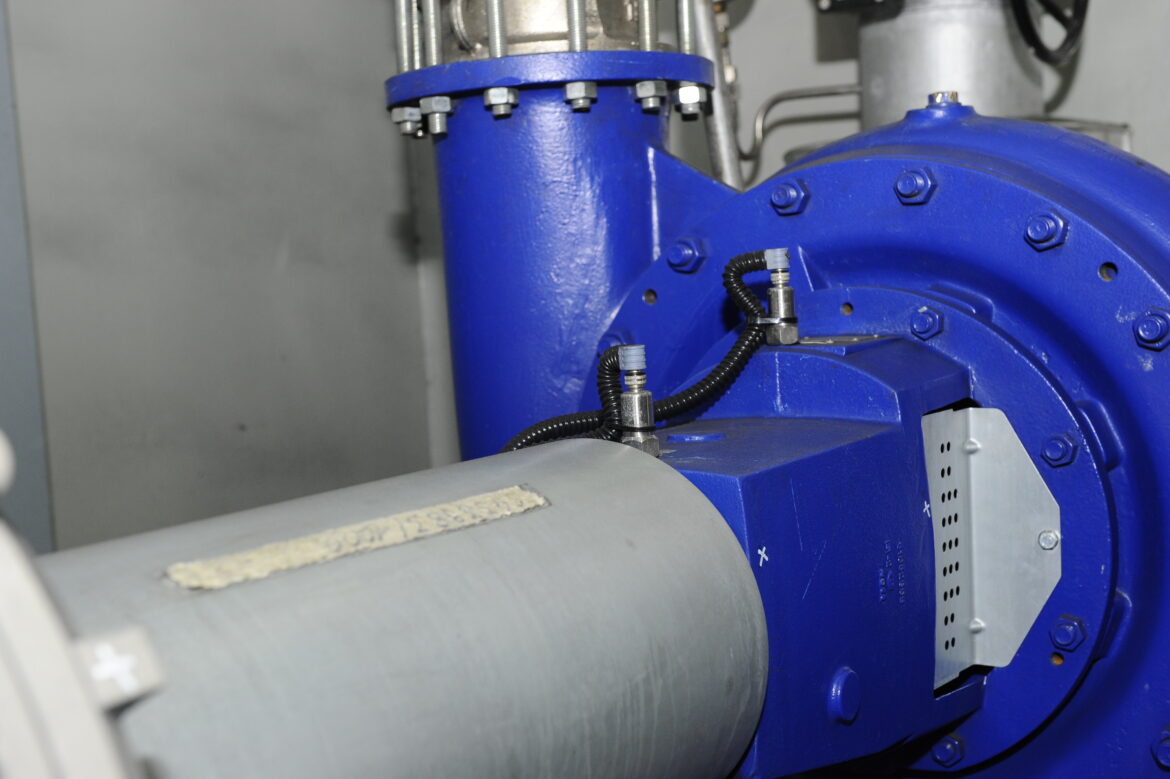Vibration Sensor Installation: Ensuring Reliable Readings
Vibration sensors play a crucial role in monitoring and maintaining the health of machinery and equipment. Correct mounting of a vibration sensor is vital to ensure true readings. Incorrect installation not only jeopardizes the accuracy of readings but also introduces instability into the sensor itself, rendering its data unreliable. In this blog post, we’ll explore the significance of proper vibration sensor mounting and provide essential guidelines to ensure precise readings.
The Importance of Correct Mounting
Despite the vital role they play, it’s surprising how often vibration sensors are improperly mounted. This practice can have significant consequences, not only for the equipment being monitored but also for manufacturers and maintenance professionals. To ensure the reliability of the data collected by these sensors, correct mounting is essential.
Vibration Monitoring Mounting Guidelines
Mounting vibration sensors may seem daunting, but it doesn’t have to be. By following these straightforward guidelines, you can learn where and how to correctly install your accelerometers:
1. Choose the Right Locations: To effectively detect faults in machine components, place vibration sensors in locations that ensure horizontal, vertical, and axial movement are measured accurately:
Horizontal Measurement: Mount vibration sensors on motor bearings and pump bearings to measure velocity mm/sec (Peak or RMS). This helps detect issues like unbalance and problems with structural rigidity or the foundation.
Vertical Measurement: Position sensors on the motor and pump drive end bearings for vertical measurement. This also measures velocity mm/sec (Peak or RMS) and is crucial for identifying looseness and structural issues.
Axial Measurement: Attach sensors to the motor and pump drive end bearings for axial measurement. This is vital for detecting misalignment between the motor and the fan.
2. Surface Considerations: Ensure the surface where you mount accelerometers is clean and free from oil and grease. It should be smooth, unpainted, flat, and larger than the base of the accelerometer itself. For optimal results, secure sensors via a drilled and tapped hole directly to the machine housing.
Choosing the Right Sensor
Now that you understand where and how to locate the sensors, the next step is selecting the right one. Ensure you choose an accelerometer that suits your specific needs. Our product range includes market-leading 100mV/g accelerometers, and 4-20mA transmitters, along with a wide array of accessories and specification options.
Conclusion
Proper installation of vibration sensors is paramount to ensure the accuracy and reliability of the data they provide. By following the mounting guidelines outlined in this article and selecting the right sensor for your application, you can effectively monitor the health of your machinery, identify issues early, and take timely corrective action. For more information on vibration sensor installation and our range of products, please don’t hesitate to get in touch with us.
